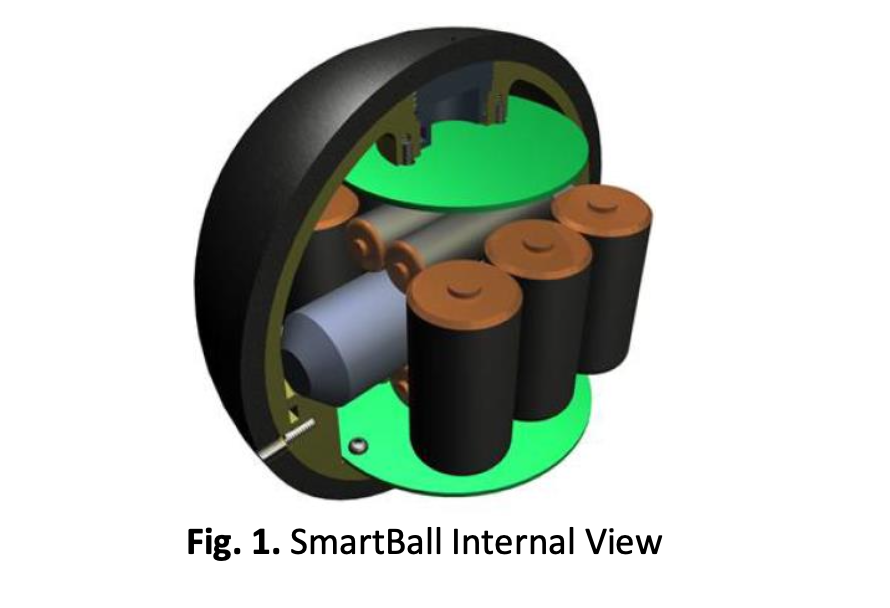Experimental Analysis of a Free-Swimming Water Pipe Leakage Sensor
DOI:
https://doi.org/10.37934/arfmts.100.1.116136Keywords:
Pipeline leakage, leak detector, water leakage experimentAbstract
Every day, millions of litres of water are wasted due to leaks, water that could have been used to help the poor. Leaks must be quickly detected, located, and repaired in most circumstances because the negative impacts linked with their existence might cause major problems. Sensor networks are now widely used for leakage management as a result of recent developments in sensor technology. Researchers have now gone further to embed sensors into the pipeline itself in order to detect, locate, and quantify the size of the leak. As a result, the current article's goal is to propose a new leakage detector shape and evaluate its performance through experiments. A water pipe experiment using a high-speed camera is carried out in the experimental work. All the components of experiment setup are mounted together on the built test rig and test section of the experiment only to be tested to get stable water flow, reasonable reading of digital flowmeter, no leakage of the pipe connection and good lighting to improve the visionary quality for the data collection. Three mobility modules Design 1, Design 2 and Design 3 which were designed and numerically validated by Zaki et al., [14] through his research are tested in this experiment. In order to further enhance the performance of mobility module of Design 3, a new improved design of mobility module, Design 4 is tested in the pipeline to determine the performance when simulated in real pipe conditions to identify pipeline leaking. The mobility module's performance has been improved by design optimization so that it can work in real-world pipe conditions. The basic shape remains the same as the mobility module selected in the last comparison.
Downloads

































